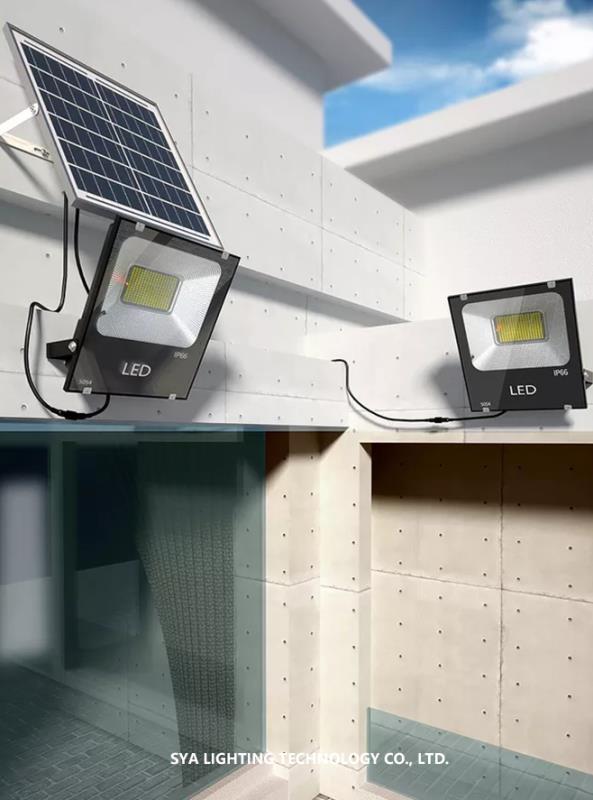Pressure sensitive adhesive use
Various materials such as polypropylene seals, textured paper (crepe paper), and PVC electrical tape are widely available in the market. These products serve different purposes depending on their physical and chemical properties. Pressure-sensitive adhesives typically consist of solvent-based or latex-based formulations containing acrylics or rubber. As industries move toward faster production processes and environmentally friendly solutions, hot-melt pressure-sensitive adhesives have gained popularity. These adhesives combine the properties of hot-melt adhesives and pressure-sensitive ones, offering a solvent-free, non-polluting, and user-friendly option. They are applied in a molten state and become adhesive after cooling with just a light finger pressure. These adhesives find use in a wide range of applications, including diapers, feminine care products, double-sided tapes, labels, packaging, medical devices, bookbinding, protective films, wood processing, wallpaper, and shoe manufacturing. Among these, packaging accounts for nearly half of the total consumption of hot-melt pressure-sensitive adhesives (HMPSA). The main component is often a styrene thermoplastic elastomer. HMPSA offers benefits like no solvent emissions, high productivity, and ease of use. However, it has limitations in heat resistance and cohesion. To overcome this, new thermoplastic elastomers like SEBS, SEPS, and epoxidized SBS are being used to improve performance. New acrylate block copolymers offer enhanced heat resistance, oxidation stability, and UV resistance. They adhere well to materials like HDPE, stainless steel, glass, polystyrene, acrylic, polycarbonate, nylon, and polypropylene. These can be used in medical tapes, transparent films, and labels. Acrylic polymers combined with water-soluble polymers form water-dispersible hot-melt pressure-sensitive adhesives. When dispersed in a weak alkaline solution, they create non-adhesive particles under 100 microns, making them ideal for recycling old paper. Benzophenone-containing acrylate monomers can also be used to produce low-Tg acrylic copolymers. Heat-meltable pressure-sensitive adhesives can be crosslinked using UV irradiation, eliminating the need for photoinitiators and avoiding issues with residual initiators. These adhesives can be applied at relatively low temperatures (120–140°C), have low VOC levels, minimal odor, no skin irritation, and good thermal stability. The composition of pressure-sensitive adhesives involves applying the adhesive to a substrate and forming it into a strip that is supplied as a roll. This includes solvent-activated tapes, heated tapes, and pressure-sensitive tapes. For example, medical plasters and electrical insulating tapes are types of pressure-sensitive adhesive tapes. A typical pressure-sensitive adhesive tape consists of several components: the adhesive itself, the substrate, an under-treatment agent, and a back treatment agent. Common adhesive types include polyacrylates or polyvinyl ethers. The substrate must be uniform and have minimal stretchability, allowing for proper solvent penetration. Substrates can be made from: The originality of the substrate ranges between 0.1 and 0.5. The under-treatment agent enhances the bond strength between the adhesive and the substrate, ensuring that the tape can be removed without leaving residue or damaging the surface. It also allows for reusability. Common under-treatment agents include partially vulcanized neoprene or modified chlorinated rubber. The back treatment agent, usually made from polyacrylate, PVC, cellulose derivatives, or silicone compounds, acts as a release agent. If a double-sided tape is needed, a layer of release paper—such as semi-rigid PVC film, PP film, or kraft paper—is added. The adhesive properties of pressure-sensitive adhesives allow them to bond with just finger pressure, without the need for heating. Their adhesion characteristics involve four key elements: the fast tack (T) of the adhesive layer, the cohesive strength, the initial adhesion (K), and the adhesion between the adhesive and the substrate. Solar floodlights are very durable and have high safety. The cost of maintenance is not very high, and the overall operation is very simple.
1. Safety independent solar power supply, wireless transmission, wireless circuit leakage and other hazards, no high-voltage transmission has safety hazards.
2. Convenient and safe, low maintenance cost, low cost
3, worry-free maintenance, low maintenance costs, simple and convenient system maintenance
Solar Flood light,Outdoor Flood light,LED Garden Flood light,Waterproof outdoor light.Energy saving Flood light,remote control flood light SHENGYA LIGHTING TECHNOLOGY CO., LTD. , https://www.syalighting.com
